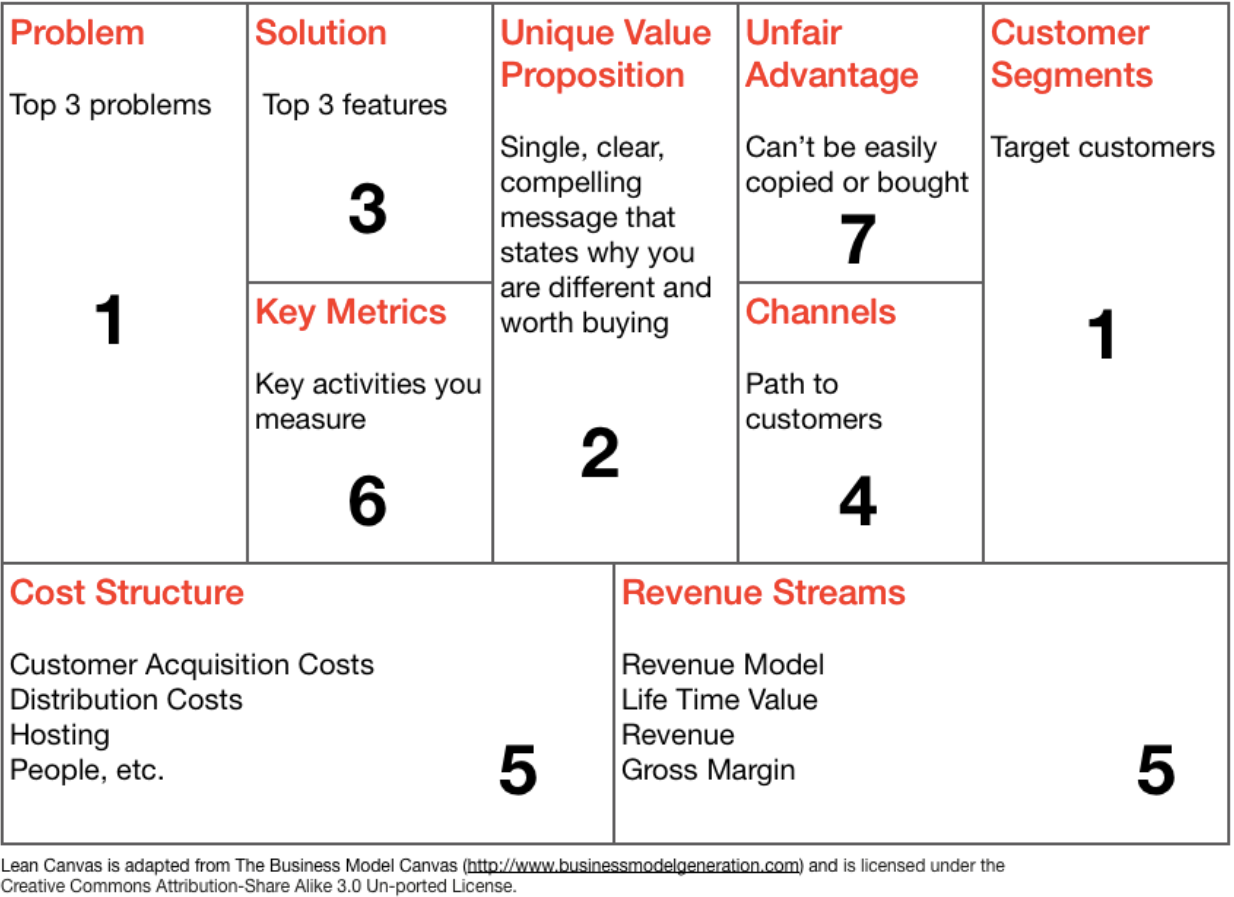Got a business idea? First choose your business model, then write a business plan using the Business Model Canvas. For some business model examples, read my earlier post, which included the multi-sided platform, the long-tail, and the ever-popular freemium models. Now, to create a business plan, I recommend the Business Model Canvas as a compact, single page planning tool that's quick, agile, and comprehensive. In contrast, traditional business plans take many hours to produce and yield long, involved documents that are really difficult to update. The Business Model Canvas is straightforward, fast to create, and easy to update as you learn more about your market, your customers, and how you are going to serve them.
The method is founded on continuous learning (as in Lean Startup Methodology) with particular emphasis on your value model (are you selling something that people want to buy) and your growth model (can you get enough people to buy it). Once the canvas is created, you can envision the business as a whole and then adjust the plan as you learn more. In the early days of starting your new business, being able to rapidly react to new information is absolutely vital to finding a final business model that you will be able to scale. The business model canvas is a key enabler of that learning cycle.
With your plan in hand, you'll have productive, meaningful conversations with your business mentors, advisers, or investors to hone your plan and drive your business forward.
What is the Business Model Canvas?
The Business Model Canvas was originally presented by Alexander Osterwalder and Yves Pigneur in their book Business Model Generation. The canvas breaks your business plan into nine building blocks:



